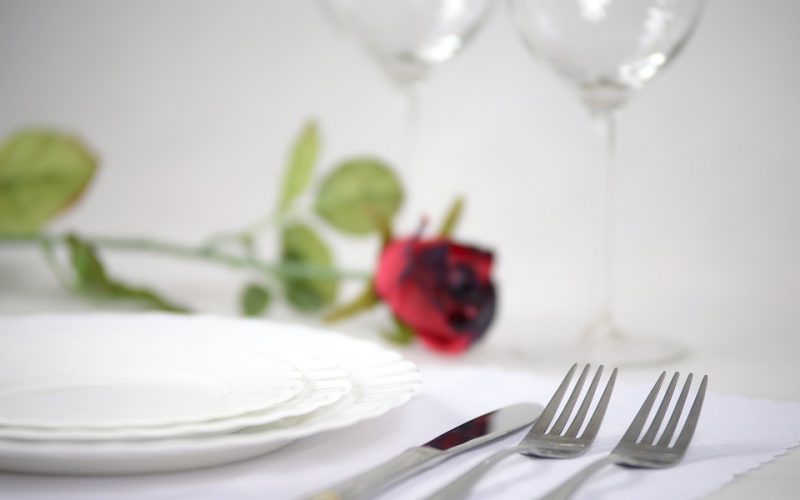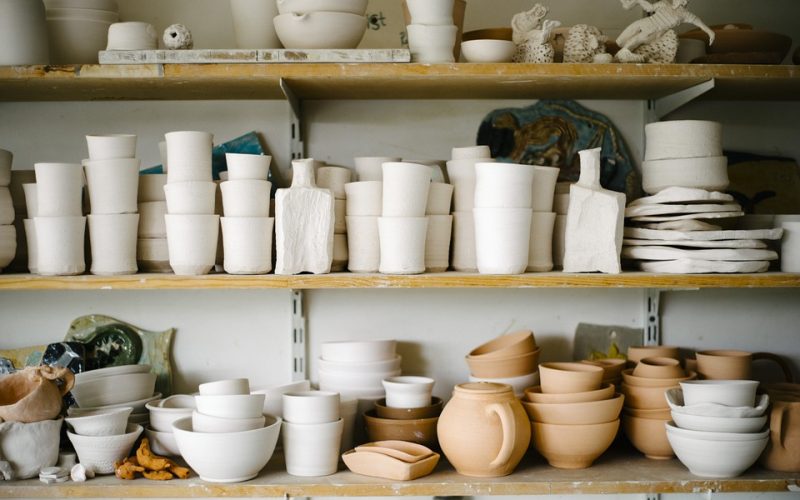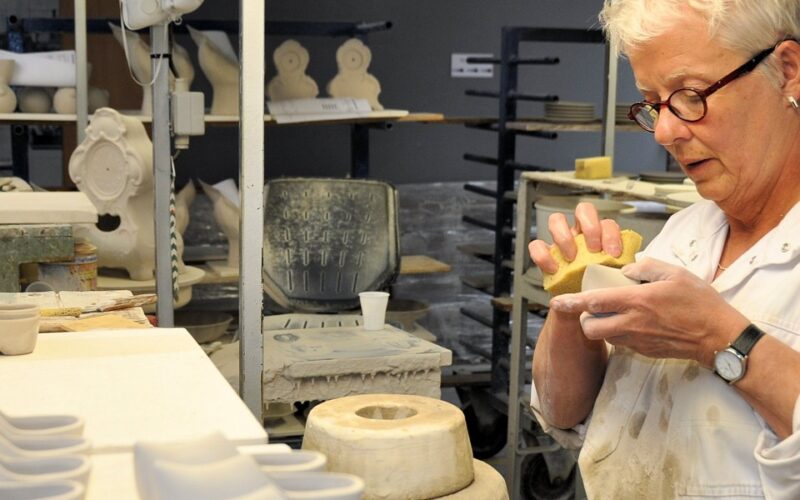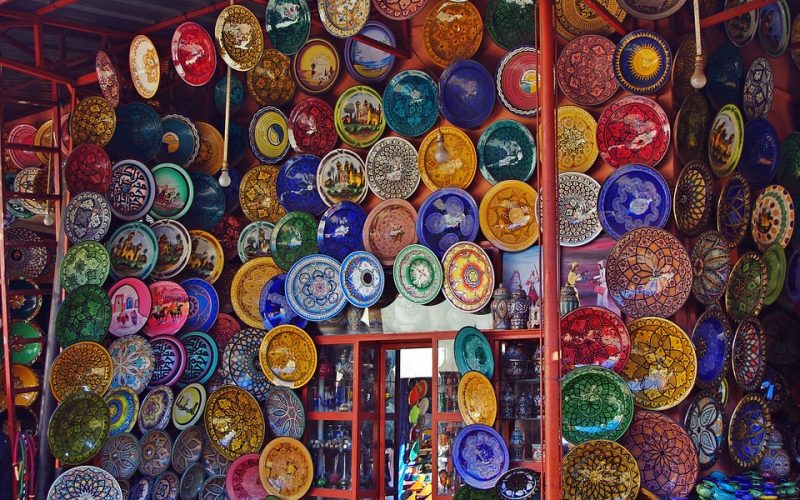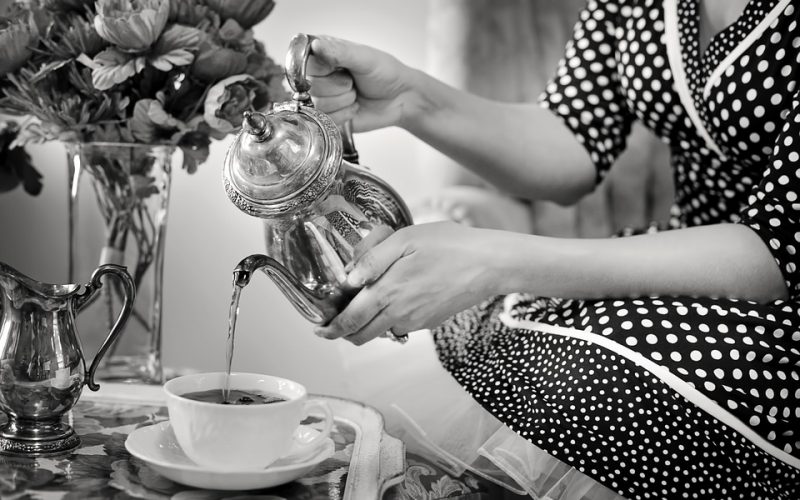No one can say for sure when the first plate was used by man. This information is lost in the pottery dust of an ancient site that may or may not have been unearthed. It is known that ceramic pottery was used by many ancient tribes and cultures for cooking their food and storing it for later consumption. Today, we use ceramics in thousands of different ways, but the majority of people use it every day for serving and eating food. This is not surprising as ceramic plates are durable, easy to make and decorate.
Throughout written history, there have been many cultures with special holidays and feasts. These types of events meant large platters of food had to be served within a short period of time. The larger the platter, the heavier it was. One can just imagine food servers struggling to wrestle massive amounts of food to the king’s banquet table. The weight of the food would be difficult enough, but the added weight of the ceramic platter would be almost overwhelming.
As time went on, people who manufactured ceramic plates and platters continued to develop their own formulas for mixing the ingredients. Some of them were inspired to make plates prettier, but others wanted a thinner, lighter plate that could be carried by anyone. Eventually the goal of a light but durable plate was achieved with the invention of bone china. This china was thinner than other mixes, but still retained its structural strength and durability. It was an instant success with the people of the time and other manufacturers worked hard to copy it.
Today, china is made throughout the world. It is manufactured to be light and durable. The process of making it has been automated as much as possible in order to keep the price within reach of most people. Manufacturers continue the process of experimentation with different mixes and formulas to find the most cost effective way to make this beautifully translucent ceramic.
